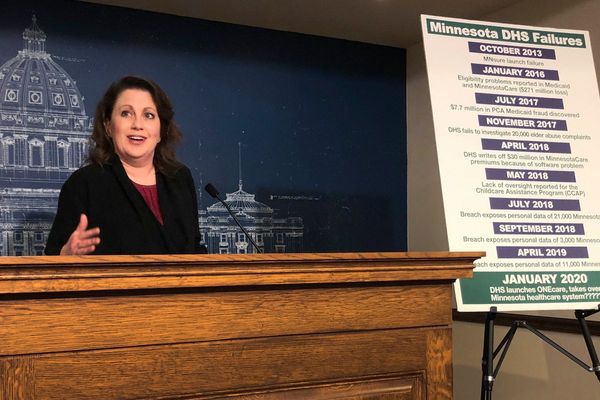
Last year, Salesforce CEO Marc Benioff predicted that Microsoft wouldn't use OpenAI's technology in the future after the ChatGPT maker announced its $500 billion Stargate project designed to facilitate the construction of data centers across the United States.
According to Benioff:
"I think it's extremely important that OpenAI gets to other platforms because Microsoft is building their own AI and I don't think Microsoft will use OpenAI in the future."
Consequently, Microsoft lost its exclusive cloud provider status for OpenAI, though it still holds the right of refusal. This didn't come as a surprise, as OpenAI had openly complained about Microsoft not meeting its cloud-compute needs, potentially costing it the coveted AGI (artificial general intelligence) benchmark.
Over the past few months, Microsoft's multi-billion-dollar partnership with OpenAI has seemingly been strained due to several factors. However, the tech giant continues to heavily invest in the artificial intelligence landscape, with CEO Satya Nadella indicating that Microsoft will invest $80 billion in capital annually to continue building Azure.
As you may know, Microsoft heavily relies on OpenAI's AI smarts, which it has heavily integrated across its tech stack. However, it has openly criticized the ChatGPT maker's GPT-4 technology, citing that it's too expensive and slow to meet consumer needs.
Earlier this year, a report revealed that Microsoft is building its own in-house AI models and testing third-party ones for Copilot, potentially freeing itself from an overdependence on OpenAI for its AI efforts. Microsoft AI CEO Mustafa Suleyman confirmed that the company is developing "off-frontier" AI models, but admitted that they'd play a close second to OpenAI's sophisticated technology.
It's cheaper to give a specific answer once you've waited for the first three or six months for the frontier to go first. We call that off-frontier. That's actually our strategy, is to really play a very tight second, given the capital-intensiveness of these models.
Microsoft's AI CEO, Mustafa Suleyman
Microsoft has seemingly been subtly distancing itself from OpenAI, recently wiggling out of two mega data center deals because it didn't want to support additional ChatGPT training. It's no secret that OpenAI has hit major roadblocks when launching new technology, with CEO Sam Altman previously indicating that "our GPUs are melting."
Interestingly, the executive has openly indicated that OpenAI is no longer compute-constrained, but as it seems, AI is still a resource-hungry technology that demands an exorbitant amount of computing power as it advances and scales greater heights.
Two in-house models to support an AI mission

More recently, Microsoft shipped two AI models: MAI-Voice-1 and MAI-1-preview. The former is described as a "highly expressive and natural speech" generational model. It's available in Copilot Daily and Podcasts as a brand new Copilot Labs experience.
This news comes after Microsoft shipped Copilot Appearance, a feature that provides users with a visual way to interact with Copilot, coupled with real-time expressions, voice, and conversational memory.
MAI-Voice-1 further bolsters Microsoft's mission to deliver AI companions with voice, delivering "high-fidelity, expressive audio across both single and multi-speaker scenarios." It can generate up to a whole minute of audio in less than a second on a single GPU, making it arguably one of the "most efficient speech systems."
MAI-1-preview is pre-trained and post-trained on ~15,000 NVIDIA H100 GPUs and is available for public testing on LMArena for community model evaluation. "This represents MAI’s first foundation model trained end-to-end and offers a glimpse of future offerings inside Copilot," Microsoft added.
It's worth noting that the model is slated to roll out for certain text use cases within Copilot over the next few weeks, and Microsoft intends to learn and improve the model's capabilities based on user feedback.
The company plans to continue developing its own in-house models, "orchestrating a range of specialized models serving different user intents and use cases will unlock immense value."
It'll be interesting to see how Microsoft takes on the competitive AI landscape as OpenAI strives to evolve into a for-profit venture due to investor pressure. But as it now seems, these plans might be pushed into 2026 because OpenAI and Microsoft have failed to reach a common ground thus far. This could cost OpenAI investor funding while opening it up to outsider interference and hostile takeovers.







